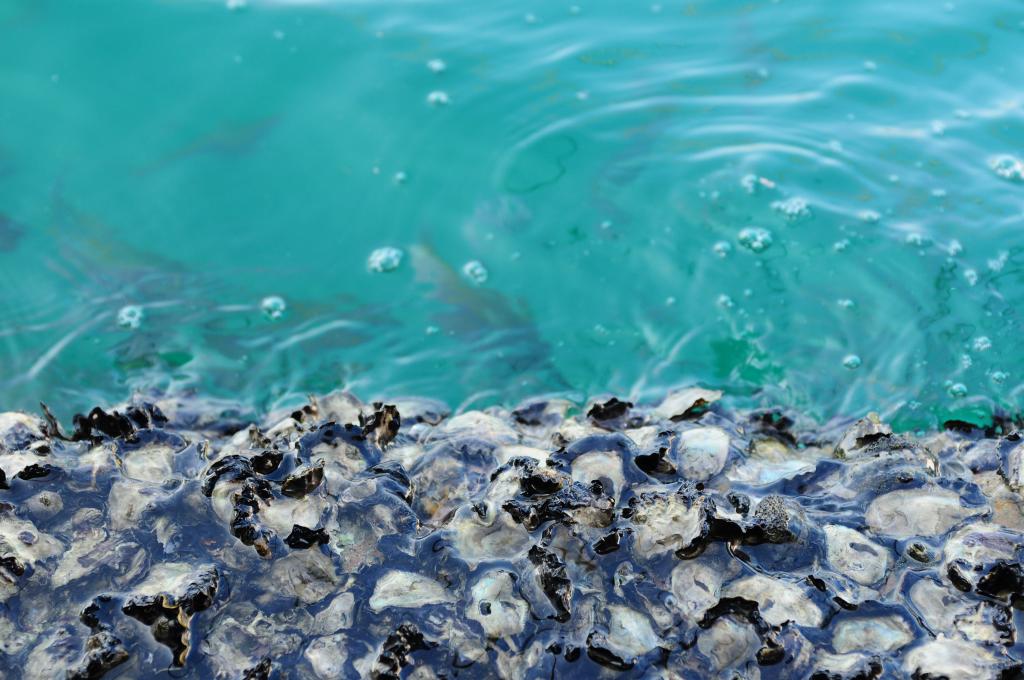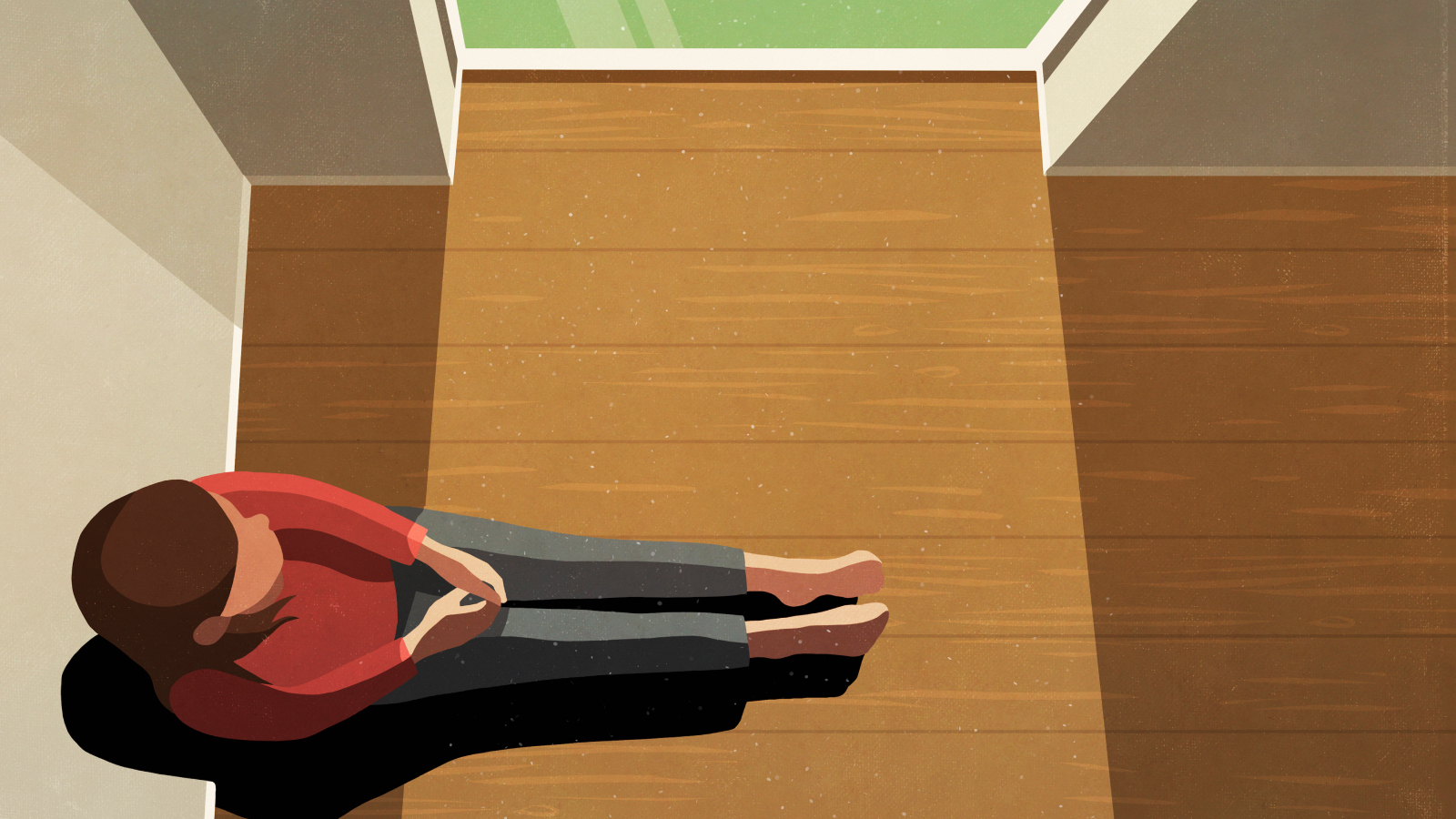Ariella Cook-Shonkoff is a psychotherapist, art therapist, and freelance writer based in the San Francisco Bay Area. She is a steering committee member of Climate Psychology Alliance North America.
During a recent dinner party, the hosts intercepted a colleague of mine at the door. “Please,” they begged, “whatever you do, do not talk about climate tonight.”
My colleague is on the East Coast and I’m on the West, but climate avoidance is happening everywhere. While attending my daughter’s preschool orientation last month, one student’s parents told me, “We keep reserving campsites each year and do our best to pretend like wildfires aren’t going to be a problem.”
As a mental health professional in Berkeley, California, I’m keenly aware of how almost everyone — clients, neighbors, and friends — prefers to not discuss the fires ravaging much of the West. For that matter, when I posted a call-to-action in April for colleagues on my local list-serve, citing urgency in developing our professional tools to meet the climate emergency, only one therapist out of several hundred responded.
I understand this behavior: Survival and comfort are strong human motivators. Imagine standing before two closed doors, one marked “Climate Emergency” and the other “Business as Usual.” Which would you choose to open?
Even as frightening evidence of human-caused climate change mounts, many are doubling down on avoidance strategies; my clients are distracting themselves with video games or TV, casually dropping “the world is going to end,” or quickly redirecting conversations to more personal matters.
Avoidance is a common way that people protect themselves from trauma. But don’t let the veneer fool you; many avoiders are completely freaked out — their defense mechanisms are straining to not notice that the Climate Emergency door has suddenly blown wide open.
There’s no doubt avoidance works as a short-term strategy, offering temporary comfort or solace while keeping gritty emotions at bay. Compartmentalizing allows us to function. But suppressing our gut responses eventually catches up to us; the “dis-ease” can cause irritability, insomnia, difficulty concentrating, loneliness, and anxiety. It can even lead to chronic autoimmune conditions. As physician and author Gabor Maté puts it: “If we are not conscious, then we are not free.”
Another problem with avoidance is that we don’t engage or take action. Instead of walking or biking, we keep driving gas-guzzlers. Instead of buying second-hand clothing or furniture, we keep ordering overly packaged things online. And groundswell calls for government action can’t occur if we won’t address what we don’t allow ourselves to see. Our defense mechanisms become our own worst enemies, particularly when we need to act on the collective level, and fast.
There is a broad spectrum of responses to the climate emergency, which is to be expected. I have colleagues who have lost homes to fire — understandably, they need space to grieve and recover. Grief is a normal, healthy response to climate change for anyone living on this planet. But if we stay individually frozen, numb, distracted, disengaged, or place climate too low on our list of priorities, then we threaten our chances of survival.
People only have so much energy, and avoidance takes a surprising amount. That energy could instead be applied toward climate action in productive ways. If you’ve fallen into fatalism or hedonism or numbness, I want you to know you can begin engaging with the climate crisis without careening over the edge into panic or despair. While not all of us have copious free time or money to donate, there are things we can all do.
Visit communities impacted by climate change
Highways get us where we want to go — and fast. But they also allow us to bypass communities and terrain, which can keep us disconnected from climate impacts. We can take the long way instead. A year after the 2018 Camp Fire, while driving past Paradise, California, I pulled off the road to walk among the scorched tree trunks. I touched stubby, charred branches with my fingertips and inhaled ash. There was a deadness in the air that stood in cruel irony to the freeway noise — it was a stark reality check that TV coverage could never convey.
If we feel connected to a place, we are more likely to answer calls for donations or volunteer work. When visiting local farm stands, my husband and I will sometimes ask about the impact of drought conditions on their crops. Not only do we come to understand how climate change affects their lives, but also our own dinner tables.
Welcome climate conversations at home and at school
In my work with teenagers, a common complaint I hear is, “Adults are to blame for the climate crisis, but they’re not doing anything about it, and they don’t take me seriously when I try to talk about it.” Not only will kids bear the brunt of the consequences, but they’re made to suffer quietly by the adults around them. That can lead to feelings of panic or despair. It is emotionally relieving for kids when adults speak the truth, so we need to normalize climate conversations for people of all ages.
Join or start a discussion group
Avoidant behaviors sometimes manifest in the form of social isolation. If we don’t let anyone get close, we can guard our innermost feelings from the outside world. However, we need social connection for our emotional well-being; research shows that connecting with others — even going for a walk with somebody or meeting for tea — reduces stress, anxiety, and depression. Joining a group like Good Grief Network’s 10-Step Program, Carbon Conversations, or Climate Cafes — or starting your own — can be empowering and comforting, and makes everyone feel less helpless. It can also be the launching pad for local action.
Check in with yourself during the off-season
During wildfire season on the West Coast, many people operate in crisis mode; their sympathetic nervous systems activate in response to imminent threats like smoke or evacuation orders, prioritizing safety above all else. Lesser threats, such as air-quality restrictions, can also trigger a “fight-flight-freeze” response, pumping adrenaline into the bloodstream, increasing heart rate, and dimming access to rational thought. Understandably, this may not be the time for deeper reflection.
When wildfires abate, however, people who’ve been in survival mode must pause and reflect. If they mentally check out until next year, it creates a vicious cycle of avoidance rather than emotional integration. Emotional distress that remains locked up inside of the body can manifest into trauma symptoms and a nervous system that becomes activated more easily and more frequently. One can express feelings with a therapist or in a group, or even through writing (check out The Climate Journal Project), storytelling (share yours with the Climate Stories Project), art, music, martial arts, or dance — the key is to allow emotions to flow through us rather than stay stuck.
Turn toward solutions rather than away from problems
The climate crisis can feel daunting. Don’t underestimate the small, concrete actions we can take in the present moment — they are also a powerful antidote to avoidance. Bring reusable shopping bags to the store, order less takeout, ride public transit, eat less meat. Share your actions with others so they ripple into the community and inspire others to do the same.
Use mind-body tools to lessen internal avoidance
When it comes to challenging cyclical avoidance, or even managing climate distress, mindfulness has proven benefits. Mindfulness is the simple, yet deliberate, act of bringing conscious awareness to daily life. Rather than spin out in endless mental loops — by thinking, for example, “There’s nothing I can do, this situation is beyond my control” — positive reframing is a tool that can help calm the mind; regulate our emotions (“In this moment, I am safe. I have a plan and support”); and reconnect to our bodies: breath, sensation, and sensory input. While avoidance is problematic, being anxious isn’t any better.
Managing climate distress is less a sprint than a marathon. To avoid what’s happening — to ignore our emotional compass — is to live in a false, fragmented reality. Earth and humanity need us to stay connected.
The views expressed here reflect those of the author.
Fix is committed to publishing a diversity of voices, and we want to hear from you. Got a bold idea, fresh perspective, or insightful news analysis? Send a draft, along with a note about who you are, to fix@grist.org.



